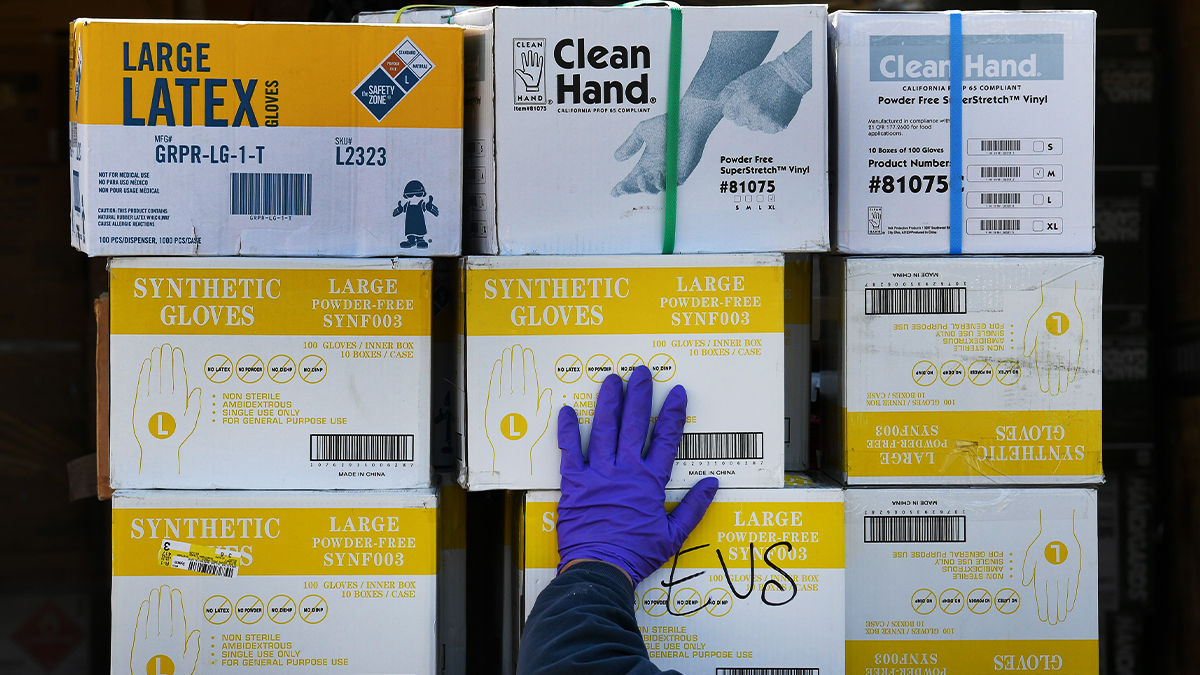(Harvard Business Review) — It may be hard to believe after all these months, but the shortages of personal protective equipment (PPE) and other critical health care supplies for dealing with the pandemic in the United States still haven’t been solved. Instead, they continue and some have gotten worse. Hospitals, nursing homes, and medical practices routinely have to waste time and heighten their disease exposure by decontaminating disposable masks and gloves for reuse. Many organizations must still forage for critically needed equipment through back channels and black markets. And while the supply of ventilators is no longer an issue, shortages of ICU medications and test-kit reagents remain.
The reason is that a slew of glaring supply-chain deficiencies have yet to be fixed. Our team, which was involved in efforts by the federal government’s Supply Chain Task Force to understand and address the problems, found that the deficiencies are very solvable — if the federal government gives the Strategic National Stockpile agency greater clout, provides it with access to better information and technology, and beefs up its expertise.
The need is critical — both for dealing with possible surges in the virus this fall and for managing future health and terrorism crises whenever they arise.
A critical backstop.
In a health emergency, states and health-care organizations that run low on medicines and equipment are supposed to be able to rely on the Strategic National Stockpile (SNS), a creation of the George W. Bush Administration. But the SNS, originally intended as a safety net in case of short-term threats such as bio-terror attacks, was not designed to handle a pandemic of this scale.
Partly for that reason, the pandemic caught the SNS flat-footed and unprepared. When the virus hit, the supply of masks had not been replenished since the H1N1 pandemic in 2009, and the usage dates for many of the masks had expired. Some were falling apart. Supplies of other PPE and ventilators were inadequate and were quickly depleted in February.
While grossly inadequate levels of funding heavily contributed to its poor performance, that is really a symptom of a much larger set of problems. The federal government task force (the three of us were members of its various teams) identified three major systemic issues and have proposed a series of solutions. These recommendations are still under consideration, but nothing has changed.




